-

Critter of the deep - Episode 2: A little Antarctic octopus
This really cute little octopus is from cold Antarctic waters. -

Critter of the deep - Episode 1: Secrets of the Ram's horn squid
Have you ever seen these shells on the beach? -
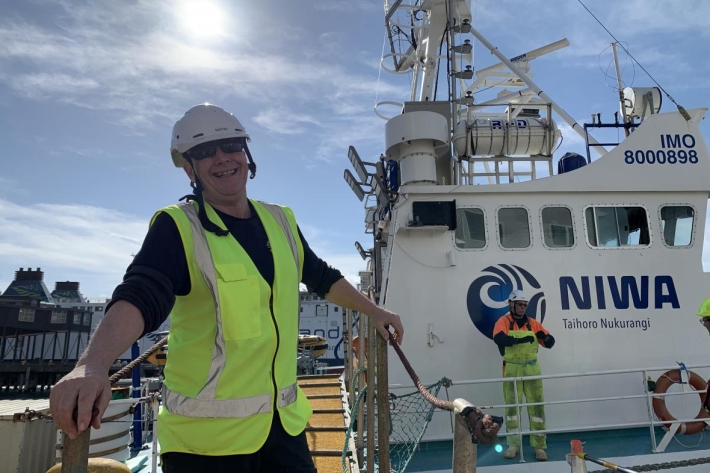
2020 - Argo floats deployment
VoyageThe crew of NIWA research vessel Kaharoa spent 75 nights at sea. -

2020 - Snapper survey
VoyageScientists are conducting snapper research off North Island’s west coast. -

Ashley Rowden and Katie Bigham - Marine ecologists
Ashley Rowden and Katie Bigham talk about the positive changes observed on the seafloor following the 2016 Kaikōura earthquake. -
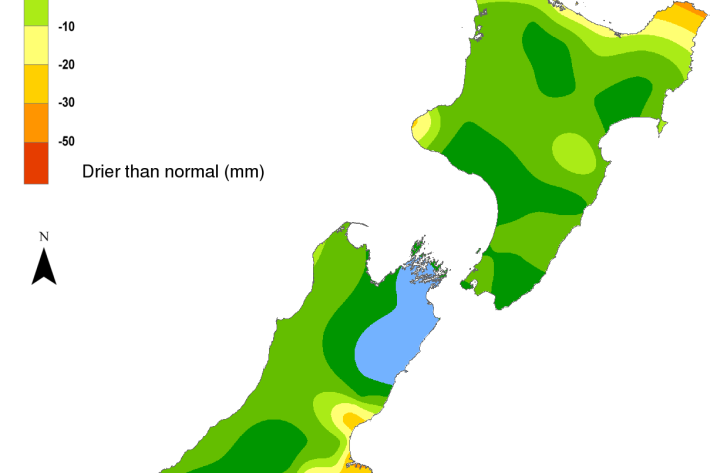
Hotspot Watch 8 October 2020
Hotspot08 October 2020A weekly update describing soil moisture patterns across the country to show where dry to extremely dry conditions are occurring or imminent. Regions experiencing significant soil moisture deficits are deemed “hotspots”. Persistent hotspot regions have the potential to develop into drought. -

Underwater robot getting close-up look at Kaikōura Canyon
Media release08 October 2020A six-metre long orange underwater robot is flying through the Kaikōura Canyon for the next month collecting information on how the canyon has changed since the 2016 earthquake. -
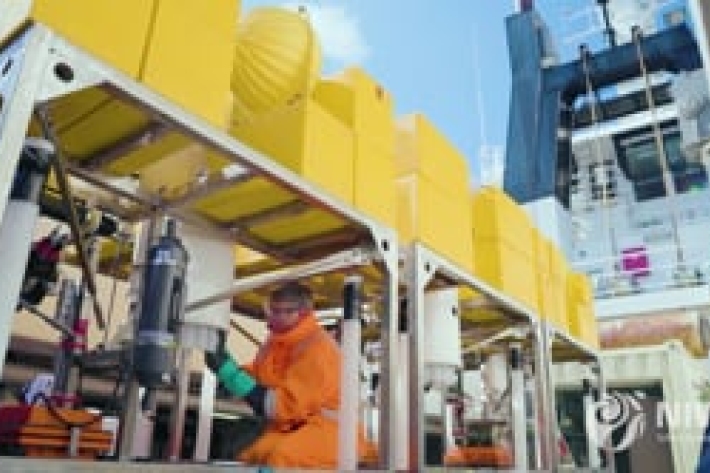
Scott Nodder - Marine geologist
Scott Nodder is interested in the effects earthquakes have on marine sediments and animal communities. -

Scientists conducting snapper research off North Island’s west coast
Media release06 October 2020People along the Kapiti and Wanganui coast may spot NIWA’s research vessel Kaharoa operating close to shore in the next few weeks as scientists carry out a survey of snapper, tarakihi, red gurnard and John Dory. -
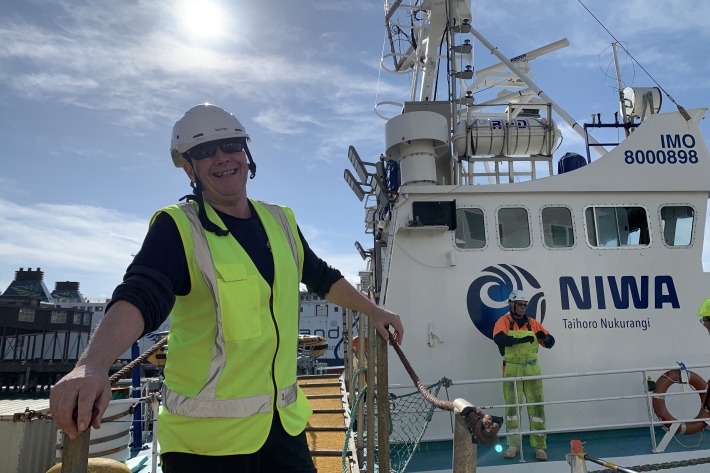
NIWA research vessel returns home after epic voyage
Media release05 October 2020After 75 nights at sea all the temporary master of NIWA research vessel Kaharoa could think about today was getting off the ship and having a beer. -
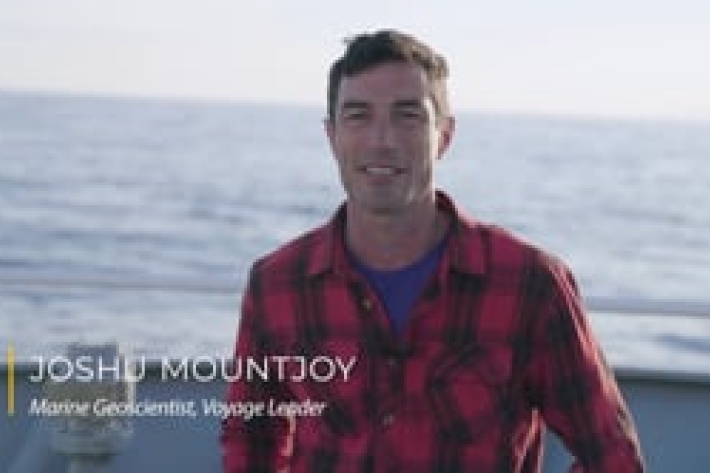
Joshu Mountjoy - Voyage leader
Voyage update from Dr Joshu Mountjoy and Johan Rolandsson. -

October 2, 2020 - voyage update
Voyage leader Joshu Mountjoy updates us on how the voyage is going so far.
